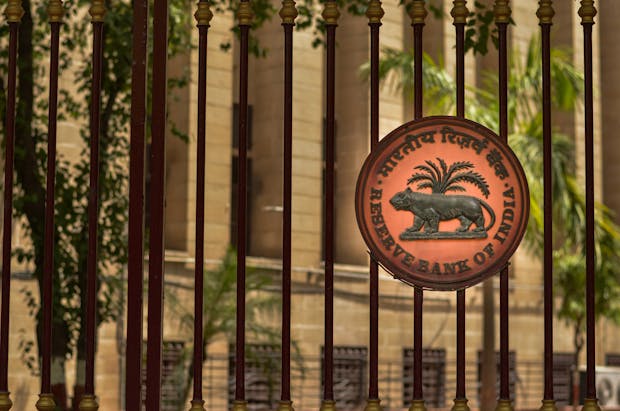RBI says wait just a bit longer

RBI says wait just a bit longer
RBI says wait just a bit longer
the outcome of the recent Reserve Bank of India monetary policy meeting was pretty much the same as in recent times. the repo rate (the interest rate at which RBI lends money to banks) and reverse repo rate (the interest rate at which RBI borrows money from banks) remained unchanged at 4% and 3.35% respectively. the rates have been stagnant since May 2020, when they fell to their lowest since April 2001.
why are rates remaining unchanged?
the interest rate was cut in order to make money more easily accessible to meet the requirements necessitated by the pandemic. but now with demand rising fast while supply struggles to keep up, there is the risk of inflation, i.e. things are getting more expensive. in such a situation, this move shows the central bank is not overly worried about inflation and believes it will tide over soon. that’s why it revised its inflation estimate for FY22 down to 5.3%, aided by easing food prices. further, the government has now placed stock limits on edible oils in order to check the steep rise in their prices. which means one less thing to worry about for the RBI.
thus, with the risk of inflation having been seen off, or at least pushed back for the time being, the RBI has kept interest rates low in order to encourage businesses to borrow more and fuel growth in the reviving economy.
what does it mean for you?
for one, it means that the interest offered on fixed deposits and other such schemes by banks will remain at record lows. the interest rate on FDs is currently hovering around 5.15%-5.4%, that too for long tenures in excess of five years. this barely matches the rate of inflation, effectively doing the job of just maintaining the value of your investment and not really growing it.
however, in order to increase returns, one need not look towards riskier avenues, such as the stock market. here are some tricks that can maximise the returns on your bank deposits:
- invest for shorter terms
whenever interest rates rebound from their lows, it’s usually the short and medium-term deposits that first see a rise. longer-term deposit rates often take much longer to be changed significantly since the banks do not want to commit themselves to offering higher returns for a long period.
this also allows one the flexibility of deciding how to invest their money in a timely manner, depending on the prevalent circumstances. - build an ‘FD ladder’
in order to avoid getting caught in situations such as the present one where interest rates are low when your FD is up for renewal, it’s better to split them up over multiple tenures.
for example, if you are creating an FD of ₹10 lakh, you may want to consider breaking it up into five different FDs of ₹2 lakh, each of which matures in one to five years. at the maturity of the first deposit (one year), you can then renew it for five years. that way, its next maturity date will be one year after the fifth of the five FDs you’ve created.
this step-by-step breakup of your deposit is known as a ladder, and will ensure that your average returns are always higher than the lowest interest rate offered over the tenure. - opt for floating FD rates
this is once again most applicable in the present situation. many banks now offer floating rates on your deposits. this means that the interest rate will be revised at certain fixed intervals, such as every quarter. in many cases, the interest rate is linked to a benchmark such as the 5-year G-Sec rate or 10-year G-Sec rate. the yield on the 10-year G-Sec (aka government bond) is currently 6.21%, which is certainly higher than any FD currently available.
a floating rate is beneficial because it is real-time. this means that whenever RBI’s monetary policy committee starts hiking interest rates, the FD interest rates will also go up.
on the flip side, the RBI’s accommodative stance means banks are currently offering loans at the lowest interest rates in recent years. in case you’ve been waiting for the right time to finance the purchase of your dream house, this may be your last chance to grab a mortgage at these rates.



